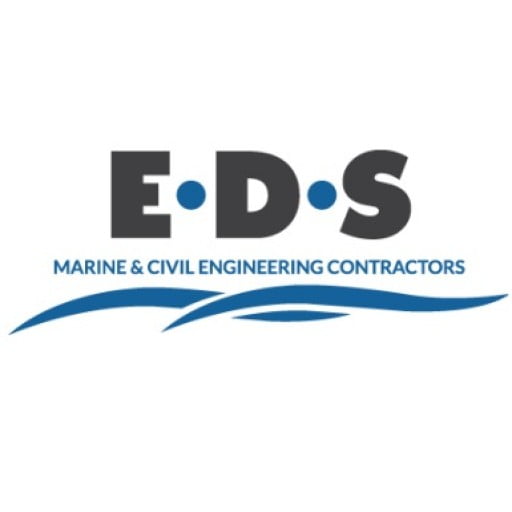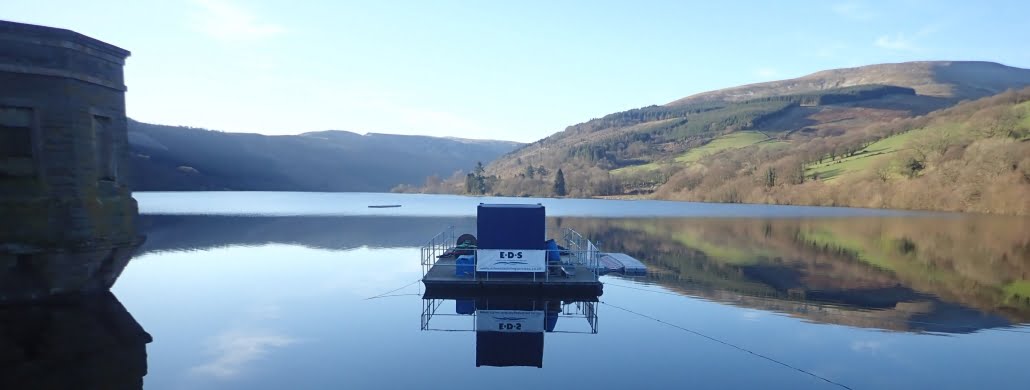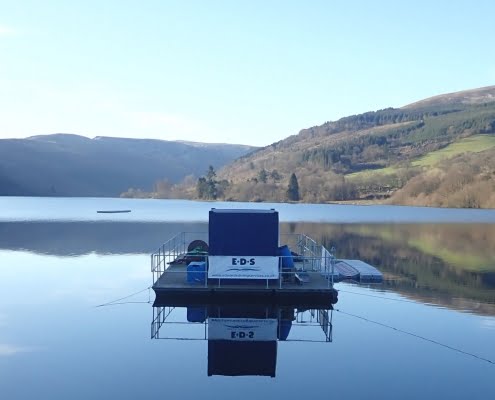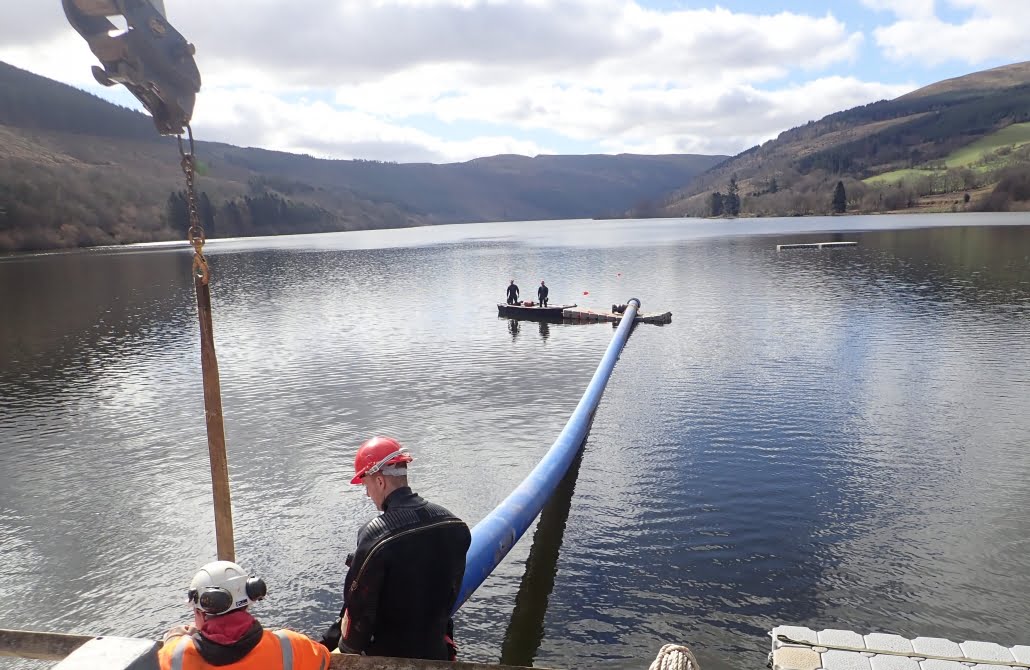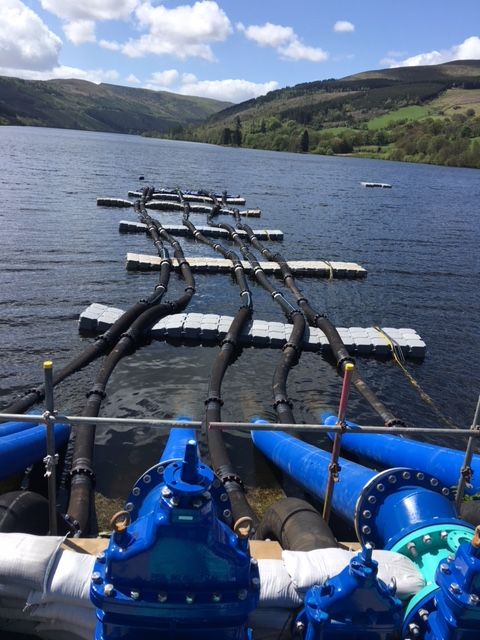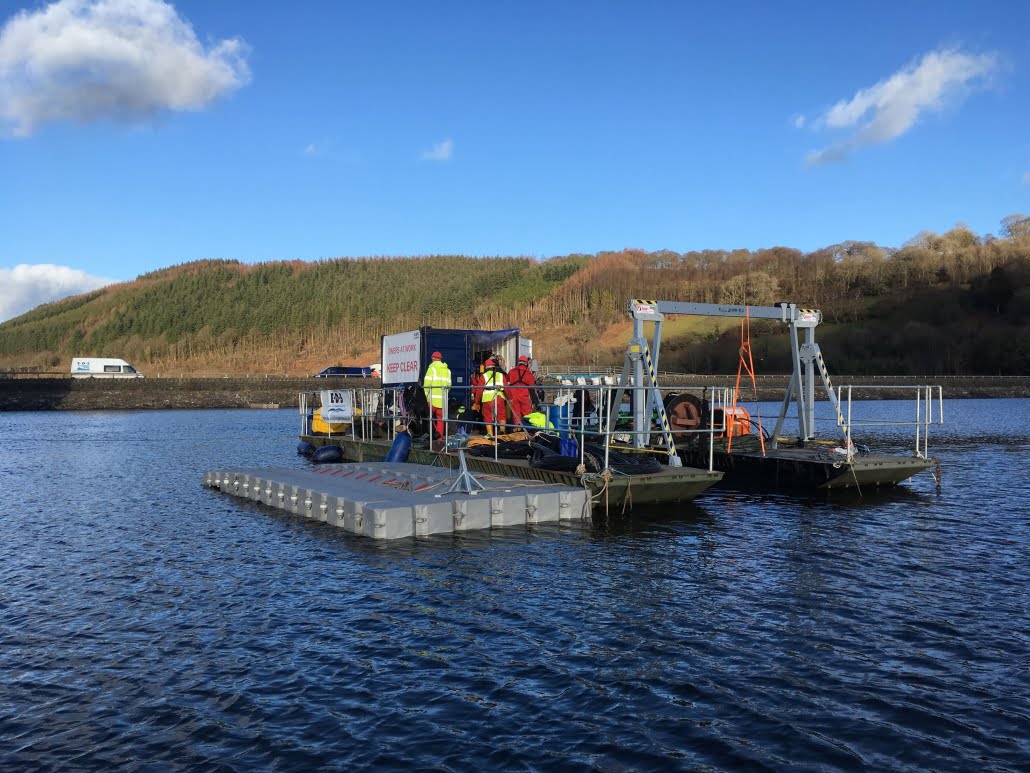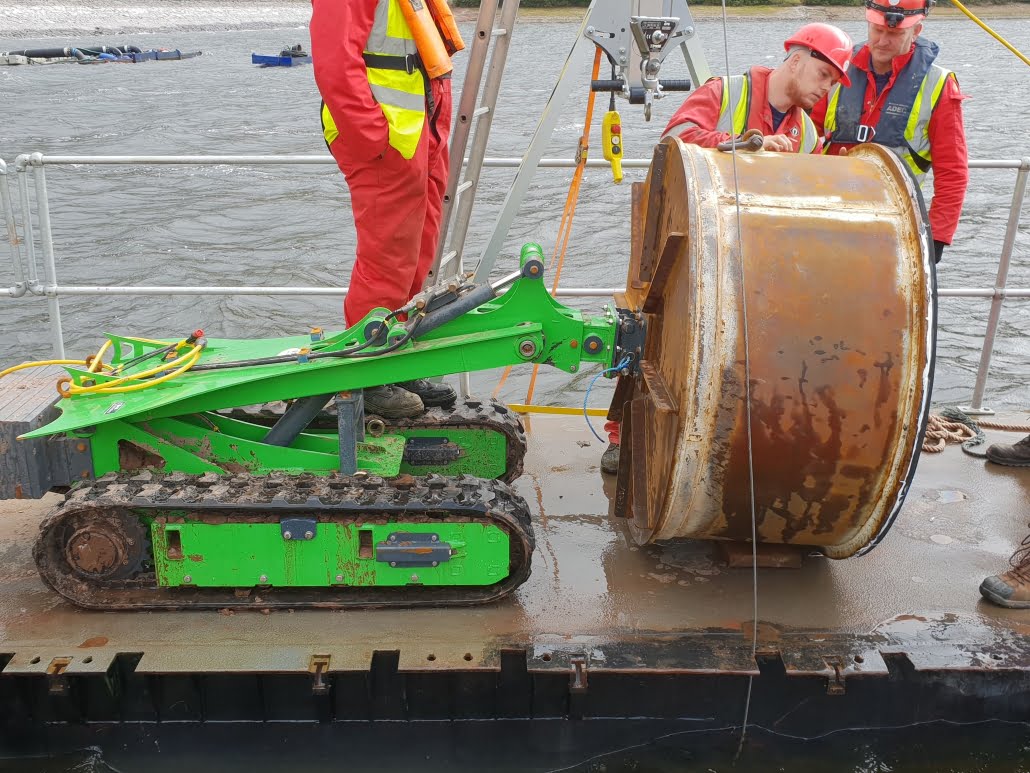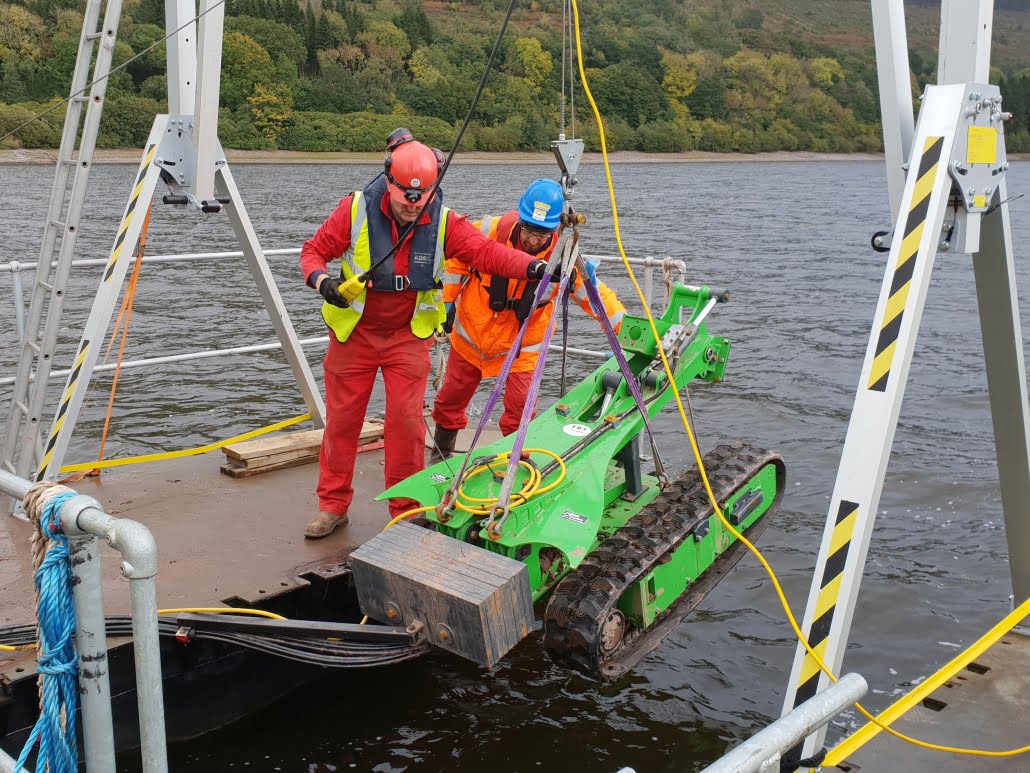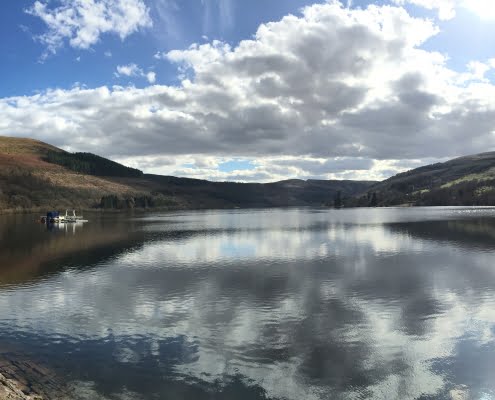Innovative & Challenging Dam Isolation
The Talybont Reservoir in South East Wales was constructed between 1932 and 1939, the Victorian Infrastructure is now over 80 years old, and last year it was decided the valves and pipework were due some much needed maintenance and refurbishment.
EDS were commissioned to provide isolations on the wet side of the dam, so repair and maintenance work could be carried out. The pipes at Talybont Reservoir feed water to the Talybont Water Treatment Works which in turn supply an area of 45,000 properties, to cut off this supply so the work could be carried out was an enormously expensive and inconvenient solution nobody wanted to use.
The Challenge
- The brief outlined three isolations of three intakes on a tower which has top, middle and bottom sections. What most concerned the client was the bottom section, as this would involve diving to the bottom of the dam at a depth of 30 metres, and then reaching the valve which is located at the end of a 60-metre tunnel.
- When looking at the work from a health and safety prospective the client believed that isolating the 3rd intake would unfortunately be impossible. EDS however saw this as a great opportunity to explore some new ideas and innovations drawing on their collaborating experience and forward-thinking approach.
Before work could start on the isolations a temporary water supply needed to be set up by use of Siphons and pumps diverting water from the tower to the WTW
The Solution
- The 1st isolation was pretty straightforward, divers needed to create a double isolation from the water outside to make it safe for the people working inside the tower. A plug was inserted into the pipework and then the penstock used as secondary isolation.
- The 2nd isolation was unfortunately buried in concrete, so a ‘Hatton Garden Robbery’ style drill was planned to break into the concrete to access the valve so a plug could be placed on the outlet. The concrete was not shown on any past drawings of the intakes and therefore EDS had to work carefully to make sure access was created without damage to the tower.
- The 3rd isolation was to be the most challenging part of the brief, but for EDS the most exciting. It was proposed that EDS would design, and have built by a local company in Llandow a Remotely Operated Vehicle (ROV) to travel the length of the 60 metre pipe carrying a ‘top-hat’ style plug to seal the wet side of the dam. The ROV was also designed with the environment in mind therefore it runs on biodegradable fish friendly oil. The ROV was originally proposed to avoid a diver having to access and travel along the tunnel, but unfortunately the sonar ROV survey showed the original historical drawings were inaccurate, therefore a dive would need to take place to be able to complete the isolation. EDS requested that the Association of Diving Contractors (ADC) former secretary Rodger O’Kane do an audit of the work site and confirm a dive survey into the tunnel could take place. With this industry expert’s approval, the client was happy for the dive to go ahead.
A dive station floating pontoon was erected above the tunnel entrance, and the ROV was lowered to the bottom of the reservoir using a winch and portable gantry. Once at the bottom of the reservoir the ROV still faced the challenge of entering the tunnel with the ‘Top Hat’ attached as concrete beams made it impossible to pass through. With years of experience and thinking outside the box EDS found a solution and the ROV was driven up the tunnel in nil-visibility conditions directed by a small video ROV with sonar guidance by an operative who was over 100m away on the floating pontoon. The ‘Top Hat’ was sealed and work on replacing the existing pipework could begin.
This project is something EDS will forever be proud of, and shows exactly how as a team here at EDS we ‘never give up’. If you have a problem/ project that seems tricky or almost impossible make sure you head over to our contact page and give us a call.
“Talybont was an industry first which proved difficult isolations underwater can be achieved safely. Working closely with our clients and giving them the confidence to invest in our ideas was a milestone for everyone involved with the project. The Dam has been given a new lease of life for generations to come.”
Paul Edwards, Managing Director
